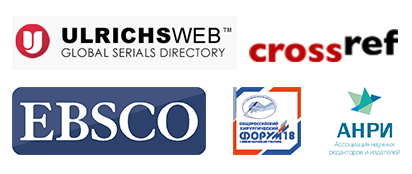Synthesis, Characterization and preliminary anti-microbial evaluation of new ketorolac hydrazone Derivatives
Unit of Pharmaceutical Dosage Form Analysis & Quality Control, Chemical Division, National Center of Drugs Control and Research, Ministry of Health, Baghdad, Iraq.
Department of Pharmaceutical Chemistry, College of Pharmacy, University of Baghdad, Baghdad, Iraq.
Abstract
Non-steroidal anti-inflammatory medicines (NSAIDs) are a commonly used category of medications that show almost the same pharmacological activity. The key role of their pharmacological activity is to inhibit prostaglandin synthesis as they suppress cyclooxygenase enzymes. Although they share the same mechanism of action, they belong to different structural groups. Ketorolac is one of the NSAIDs, possessing powerful analgesic and anti-inflammatory activity but with severe side effects that limit its use for acute pain rather than chronic use for longer. The synthesis of a new series of ketorolac hydrazone derivatives was done starting from ketorolac powder through esterification, forming ketorolac ester compound (A), then reacting with hydrazine hydrate to give compound B (hydrazide), which finally binds to different types of aromatic aldehydes like dimethylaminebenzaldehyde, 3,4dimethylbenzaldehde, and others in ethanol with a sufficient amount of glacial acetic acid to produce ketorolac hydrazone. The synthesized compounds were identified using ARTFT-IR spectroscopy and ¹HNMR analysis and then evaluated for their microbial activity. All the synthesized compounds gave mild to moderate antibacterial activity against E.coil and S.aureus .while all compounds had no antifungal activity against C.albicans .
Partners
